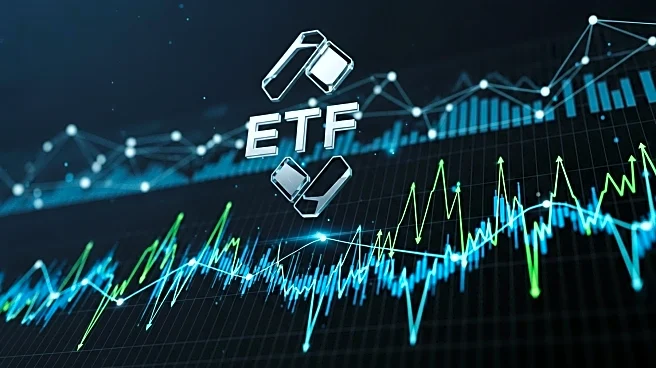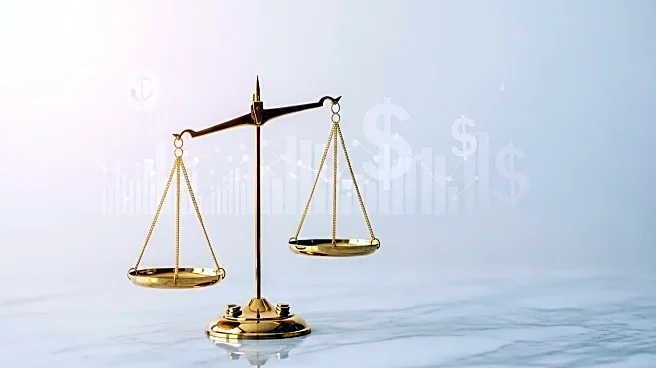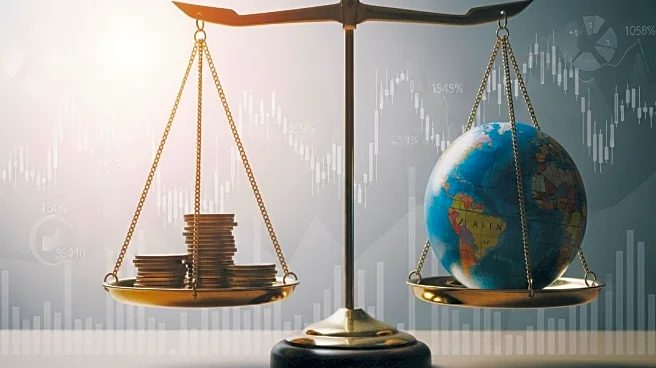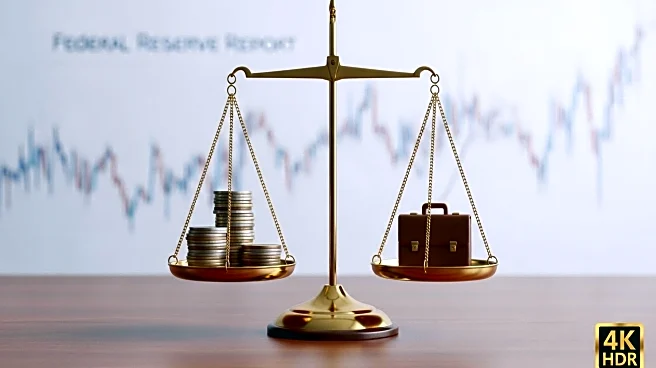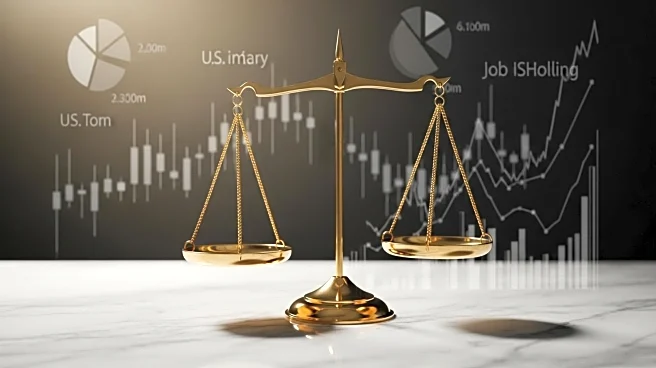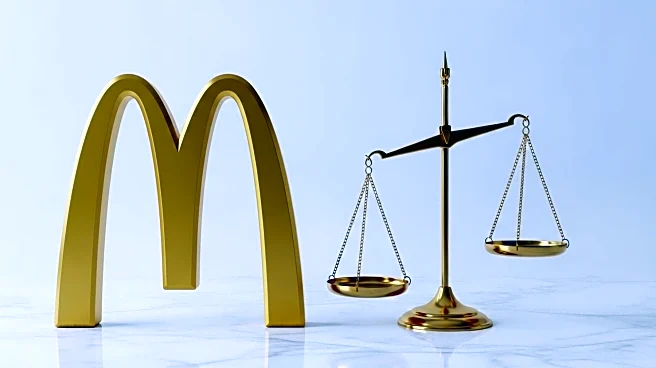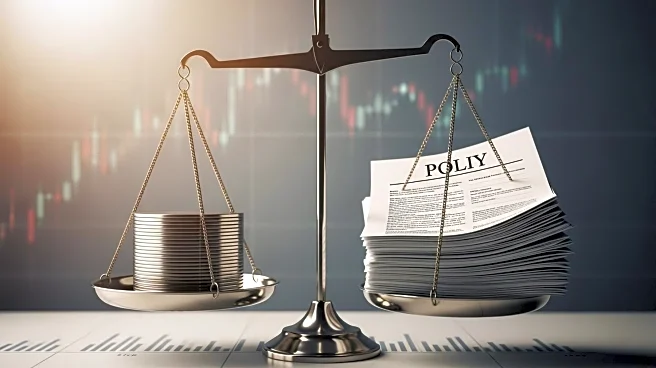What is the story about?
What's Happening?
The U.S. is experiencing a significant rise in credit card debt, reaching a record high of $1.21 trillion. This surge is attributed to ongoing inflation, elevated interest rates, and stagnant wages, which have forced many Americans to rely heavily on credit cards and loans to maintain their standard of living. The economic environment has exacerbated debt issues, pushing many individuals into financial distress as they struggle to manage increasing living costs.
Why It's Important?
This development highlights the financial vulnerability of many Americans, particularly those living paycheck to paycheck. The rising debt levels could have broader implications for the economy, potentially affecting consumer spending and financial stability. As more individuals face debt-related stress, there may be increased demand for financial assistance and debt relief services, impacting various sectors including banking and financial advisory.
What's Next?
If inflation and interest rates remain high, the debt situation could worsen, leading to more severe financial crises for individuals. Policymakers might need to consider interventions to alleviate economic pressures, such as adjusting interest rates or implementing measures to boost wages. Financial institutions may also need to offer more supportive services to help consumers manage debt effectively.
AI Generated Content
Do you find this article useful?


